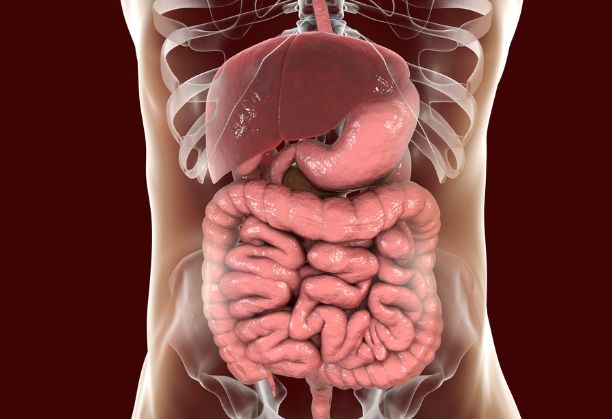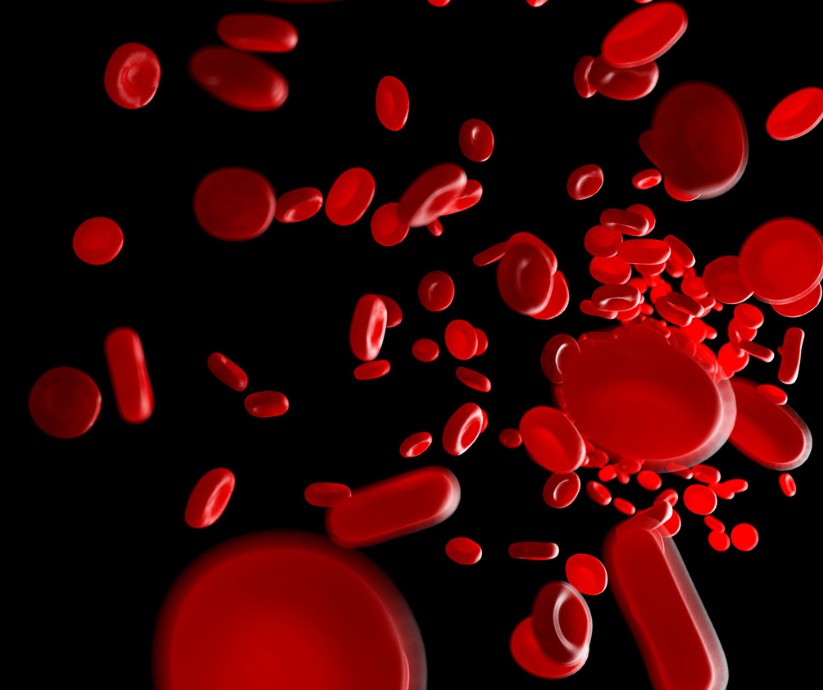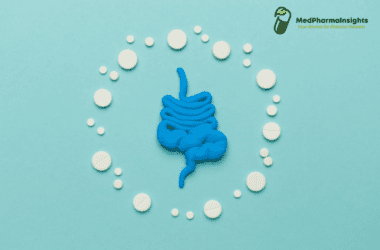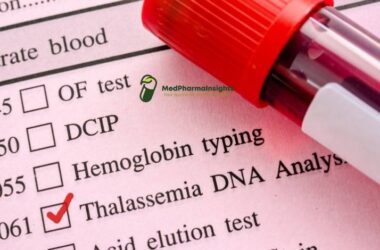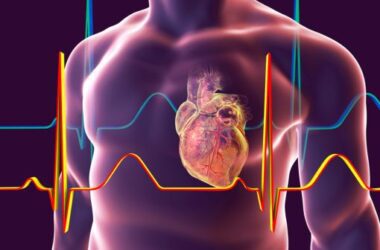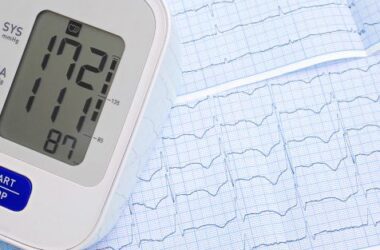Angina, often described as chest pain or discomfort, is a distressing symptom that signifies an underlying heart condition. In this comprehensive blog, we will explore the causes, symptoms, diagnosis, and management of angina, providing a thorough understanding of this alarming cardiac symptom.
Causes of Angina
- Coronary Artery Disease (CAD): The primary cause of angina is coronary artery disease. In CAD, fatty deposits called plaques narrow the coronary arteries, reducing blood flow to the heart muscle. This restriction in blood supply leads to the ischemic condition responsible for angina.
- Risk Factors: Several risk factors contribute to the development of CAD and angina. These include smoking, high blood pressure, high cholesterol, diabetes, obesity, and a family history of heart disease.
Symptoms
Angina manifests as chest pain or discomfort, but its characteristics can vary. Common symptoms include:
- Chest Pain: Typically described as pressure, squeezing, or a heavy sensation. Pain may radiate to the arms, neck, jaw, shoulder, or back.
- Shortness of Breath: Often accompanies chest pain.
- Nausea: Some individuals experience feelings of nausea during angina episodes.
- Fatigue: Episodes of angina can lead to a general feeling of fatigue or weakness.
- Anxiety and Restlessness :Feelings of anxiety, restlessness, or a sense of impending doom can be associated with angina, especially when the chest pain is severe.
- Sweating: Excessive sweating, sometimes referred to as diaphoresis, can occur during angina episodes.
Diagnosis of Angina
- Medical History: Your healthcare provider will begin with a thorough medical history, discussing your symptoms, their duration, and any potential triggers.
- Physical Examination: A physical examination will be conducted to assess your overall health and to check for any signs of heart disease.
- Diagnostic Tests:
- Electrocardiogram (ECG or EKG): An ECG records the heart’s electrical activity and can detect abnormal rhythms or changes indicative of ischemia.
- Stress Testing: This can involve exercising on a treadmill or taking medications that simulate exercise. Stress testing monitors how your heart responds to increased demands and can reveal signs of angina.
- Coronary Angiography: This invasive procedure involves injecting a contrast dye into the coronary arteries and taking X-ray images to visualize blockages or narrowings.
- CT Angiography: A non-invasive imaging test that can provide detailed images of the coronary arteries.


Management of Angina
A. Lifestyle Changes:
Diet: Adopting a heart-healthy diet low in saturated fats, trans fats, and cholesterol is crucial. Reducing salt intake and increasing fiber-rich foods can also help.
Exercise: Regular physical activity can improve heart health and help manage risk factors.
Smoking Cessation: Quitting smoking is a vital step in reducing the risk of angina and heart disease.
B. Medications:
Nitroglycerin: A medication that relaxes blood vessels and improves blood flow, providing quick relief during angina episodes.
Beta-Blockers: Medications that reduce heart rate and blood pressure, decreasing the heart’s workload.
Antiplatelet Medications: These medications reduce the risk of blood clots that can block coronary arteries.
C. Invasive Procedures:


- Angioplasty and Stent Placement: This minimally invasive procedure involves opening blocked coronary arteries using a balloon-like device and placing a stent to keep the artery open.
- Coronary Artery Bypass Grafting (CABG): A surgical procedure in which blood vessels are used to bypass blocked coronary arteries, restoring blood flow to the heart muscle.


